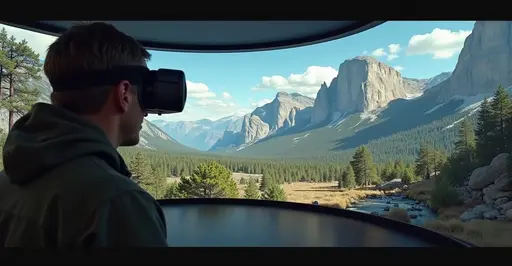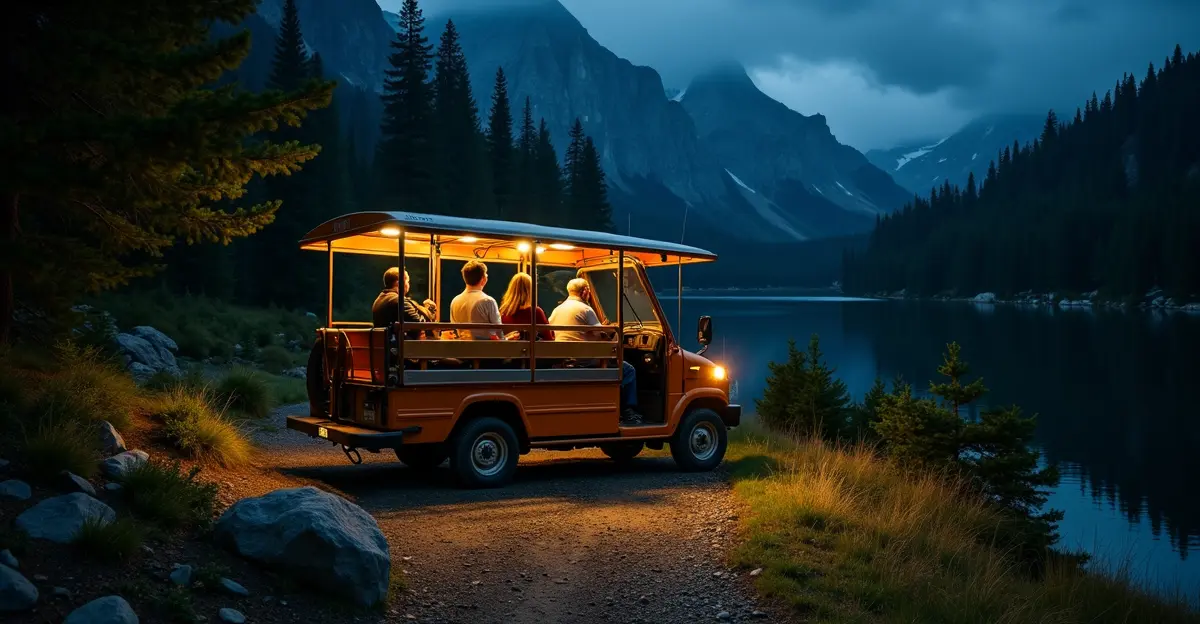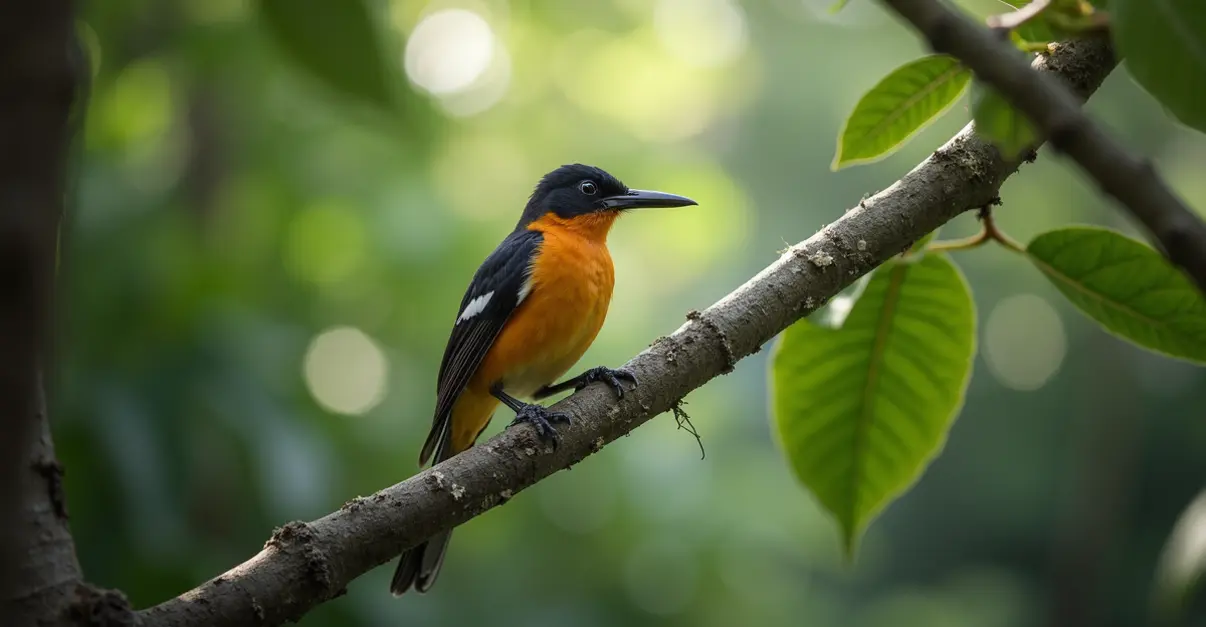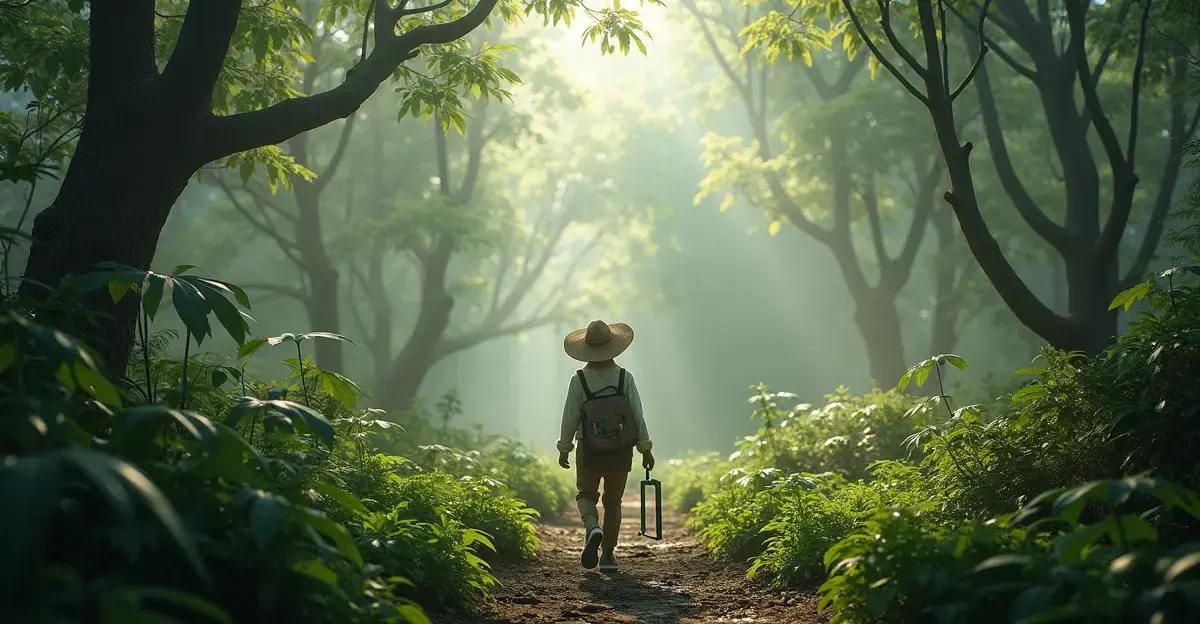National parks are expanding boundaries with $195M funding for biodiversity protection. Community engagement and capacity building programs support conservation efforts. The initiatives protect ecosystems and endangered species while advancing climate resilience goals.
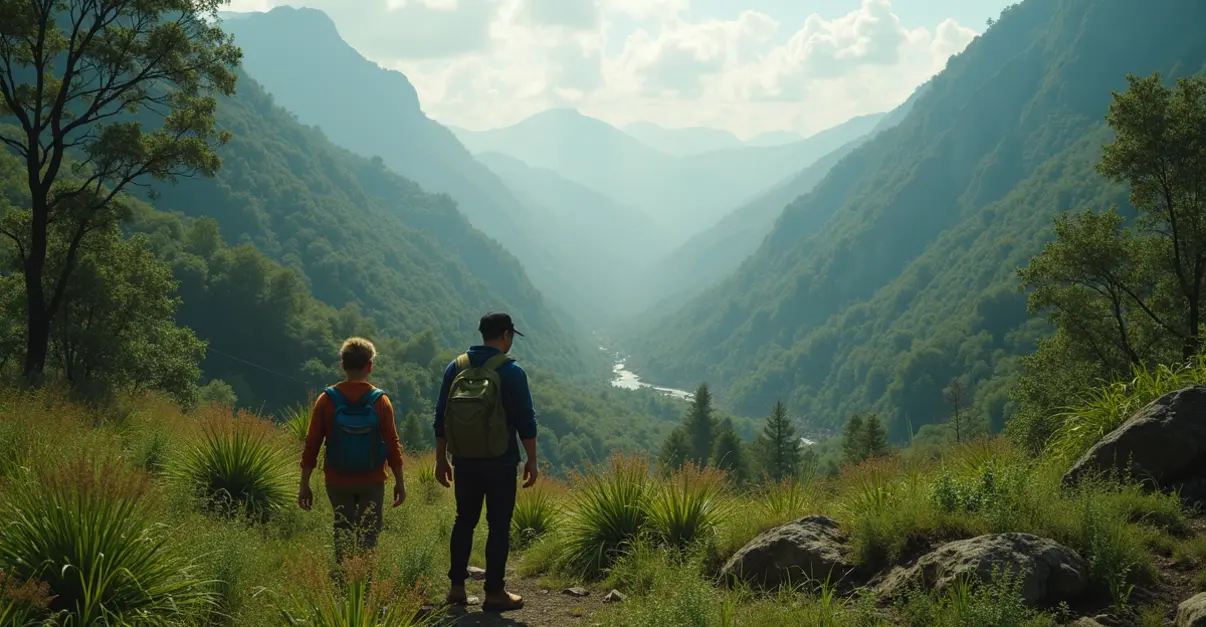
Historic Expansion Protects Critical Ecosystems
In a landmark move for conservation, national parks across the country are expanding their protected boundaries to safeguard biodiversity and critical habitats. The 2025 initiatives represent one of the most significant conservation efforts in recent decades, with expanded land designations and enhanced enforcement funding creating new opportunities for ecosystem protection.
The expansion efforts come as biodiversity faces unprecedented threats from climate change, habitat fragmentation, and human development. 'This expansion represents our commitment to preserving America's natural heritage for future generations,' said Victoria Gonzalez, conservation director at the National Parks Association. 'We're not just drawing lines on a map - we're creating lifelines for endangered species and fragile ecosystems.'
Funding Mechanisms and Enforcement
The 2025 budget includes substantial increases for land acquisition and boundary enforcement. Through President Biden's Investing in America agenda, the Department of the Interior has allocated $195 million for climate restoration and resilience projects in national parks over the next decade. This funding supports more than 40 projects across hundreds of national parks to prepare for climate change impacts, protect endangered species, and restore ecosystems.
The National Park Foundation has also launched its 2025 Park Partner Capacity Building program, providing grants to nonprofit organizations that work in partnership with national parks to enhance operational effectiveness and strengthen infrastructure. 'Capacity building is essential for effective conservation,' noted Gonzalez. 'We're empowering local organizations to become better stewards of these protected lands.'
Community Engagement and Local Partnerships
Community engagement has become a cornerstone of the expansion strategy. The National Park Service's Community Assistance Programs provide comprehensive support to communities across all 3,141 U.S. counties, offering technical assistance, recognition, and funding for historic preservation, recreation, natural resource conservation, and education projects.
The National Wildlife Federation has launched a new Nature-Based Solutions Funding Database to help communities access funding for environmental projects. This resource connects local communities with available funding sources for implementing nature-based solutions like wetland restoration, green infrastructure, and habitat conservation.
'Local communities are the true guardians of these landscapes,' said Dr. Maria Rodriguez, a conservation biologist at the University of California. 'When communities are engaged and empowered, conservation efforts become more sustainable and effective. The success of these expansions depends on building strong partnerships with local stakeholders.'
Case Study: Big Bend National Park Expansion
The ongoing effort to expand Big Bend National Park's boundaries demonstrates the complexities and opportunities of park expansion. The Big Bend National Park Boundary Adjustment Act would add 6,100 acres westward toward Terlingua to protect vital natural resources including the Terlingua Creek watershed. The Big Bend Conservancy has already acquired 3,377 acres within the proposed boundary and continues fundraising and land acquisition efforts.
'This expansion would protect ecologically critical lands for future Texas generations,' explained Gonzalez. 'It's a perfect example of how strategic boundary adjustments can protect vital watersheds and biodiversity hotspots without creating additional maintenance costs.'
Global Context and Biodiversity Protection
The expansion efforts align with global conservation priorities. As noted in Wikipedia's biodiversity overview, biodiversity represents the variability of life on Earth, and tropical forest ecosystems contain about 50% of the world's species despite covering less than one-fifth of Earth's terrestrial area. The current Holocene extinction, often called the sixth mass extinction, has led to ongoing biodiversity loss due to human activities.
The Vjosa Wild River National Park in Albania, designated as Europe's first Wild River National Park in 2023 and recognized as a UNESCO biosphere reserve in 2025, serves as an international model for river conservation. The park protects over 1,100 species of wildlife, including 257 bird species, 31 fish species, and 70 mammal species.
'We're learning from successful conservation models worldwide,' said Rodriguez. 'The Vjosa River protection demonstrates how comprehensive ecosystem protection can benefit both biodiversity and local communities. These international examples inform our approach to boundary expansions and community engagement.'
Future Outlook and Conservation Goals
The 2025 expansions represent just the beginning of a broader conservation strategy. The funding advances the Administration's America the Beautiful initiative to conserve 30% of lands and waters by 2030 and supports climate resilience efforts in small and rural communities.
'We're at a critical juncture for conservation,' concluded Gonzalez. 'These boundary expansions, combined with robust funding and community partnerships, create a powerful framework for protecting our natural heritage. The success of these efforts will determine the health of our ecosystems for generations to come.'
The comprehensive approach - combining land designation, enforcement funding, and community engagement - represents a new paradigm in conservation management. As climate change accelerates and biodiversity faces increasing threats, these expansion initiatives provide hope for preserving America's natural treasures while building resilient communities.

 Nederlands
Nederlands
 English
English
 Deutsch
Deutsch
 Français
Français
 Español
Español
 Português
Português




